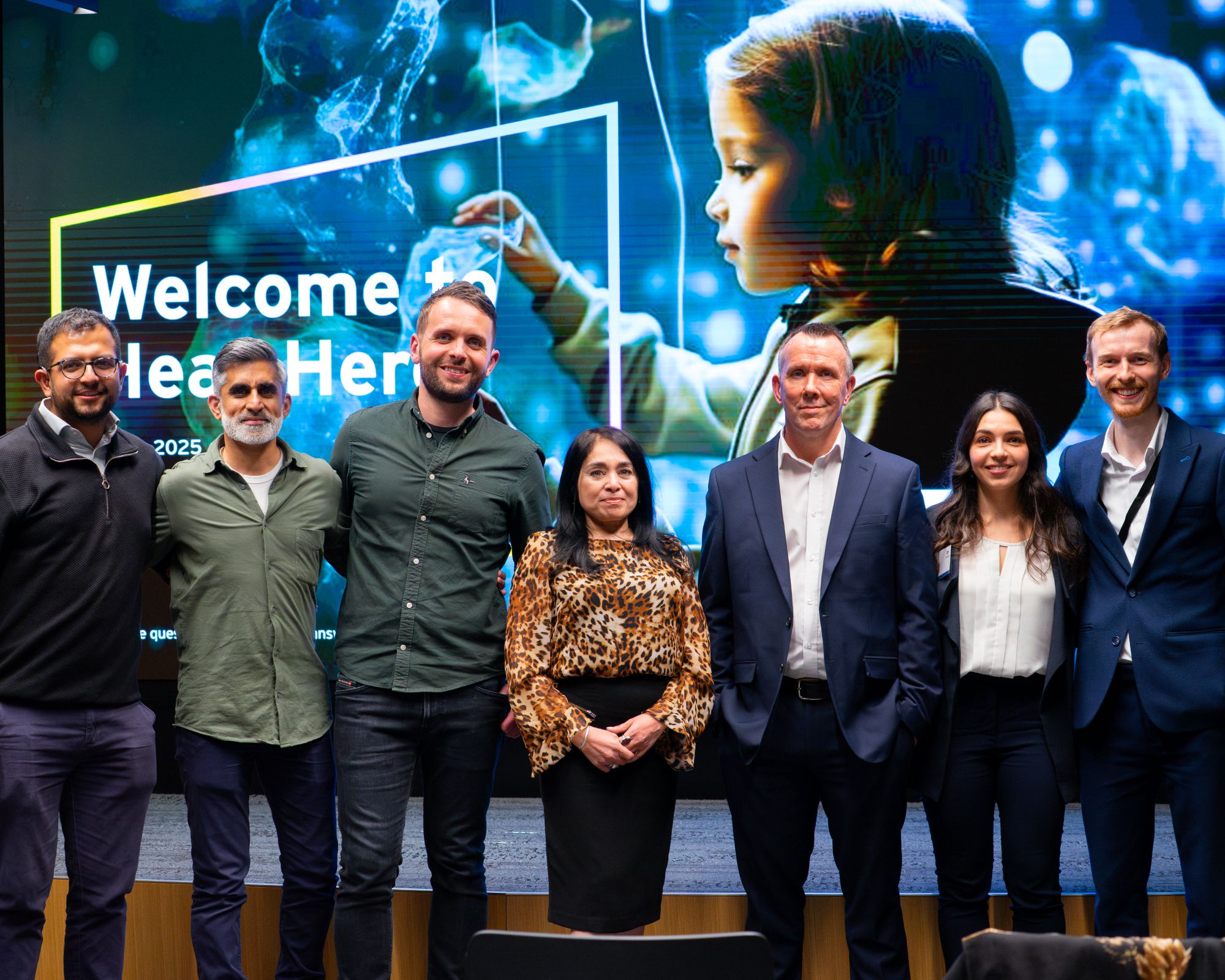
In a world where inclusivity and accessibility are becoming increasingly important, it’s crucial for us to consider the role we play in creating those inclusive spaces. As audiologists, our role extends far beyond the walls of our clinic, and we have a constant commitment to inclusivity, raising awareness on hearing loss and advocating for the hearing loss community.
This year, it was a privilege to bring back Hear Here for another inspiring hearing loss networking event. Hosted by Harley Street Hearing & Musicians Hearing Services and EY, the event brought together individuals from all walks of life, to connect and share their lived experiences with hearing loss.
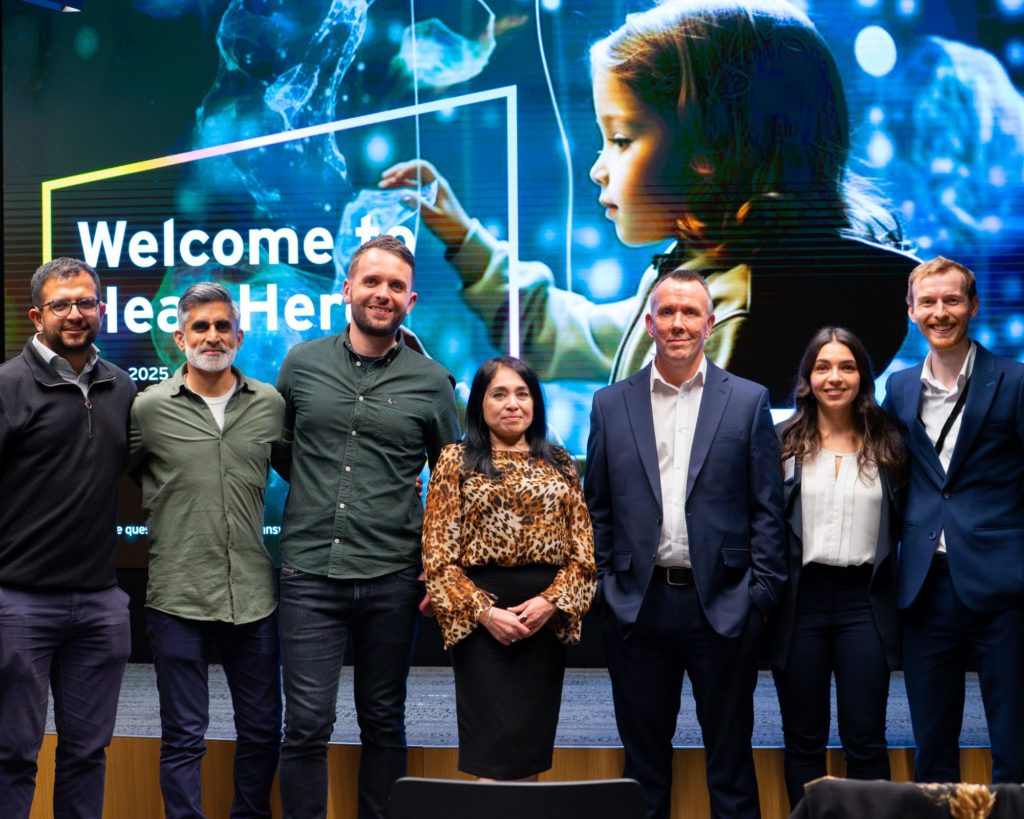
The highlight of Hear Here was the truly powerful stories shared by our speakers: Lena Batra, a hearing care and deaf awareness consultant; Ray Hill, a social worker, author and inclusion advocate; and Matt Frost, a musician and audiologist at Harley Street Hearing. Each speaker offered a unique perspective on navigating life with hearing loss, showing resilience and strength in the face of challenges. The stories they shared not only inspired but also sparked important conversations around self-advocacy, community and building more inclusive spaces.
The event also featured exhibitors from the likes of Phonak, Oticon, Widex, MED-EL, Neuromod, TinniSoothe and CityLit, showcasing the latest advancements in hearing technology and tinnitus solutions. The world of audiology is ever evolving, and the industry advancements are truly making a difference in the quality of life for individuals with hearing loss and tinnitus.
By creating spaces where people with hearing loss can share their stories, ask questions and learn from one another, we’re continuing to build a network of support that extends far beyond the walls of an event. It’s through these shared experiences that we can continue to challenge the misconceptions surrounding hearing loss and work toward a more inclusive future.
A huge thank you to our speakers, exhibitors, and everyone who attended and shared their experiences – your participation made Hear Here a truly special event. We’re excited to continue growing this community and working toward a more inclusive future for those with hearing loss.
Here’s to next year – let’s continue to empower, break down barriers and build a more inclusive world for individuals with hearing loss.
If you enjoyed our recent Hear Here event or missed out and would like to be part of the next one, we’d love to hear from you. Simply register your interest by clicking here or by scanning the QR code below. We’ll make sure you’re the first to know about upcoming dates, exciting speakers, and exclusive opportunities to get involved.
We look forward to welcoming you to our next Hear Here event!
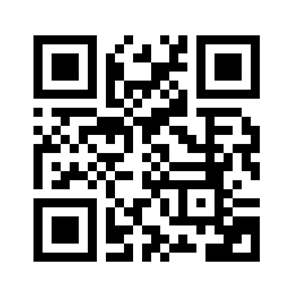
If you’re interested in this post, here’s some of our others which you may be interested in:
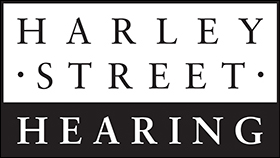
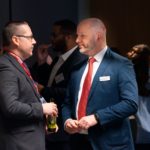
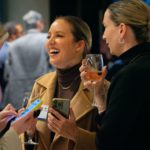

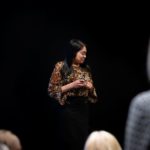

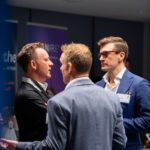
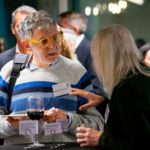
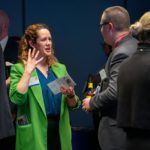
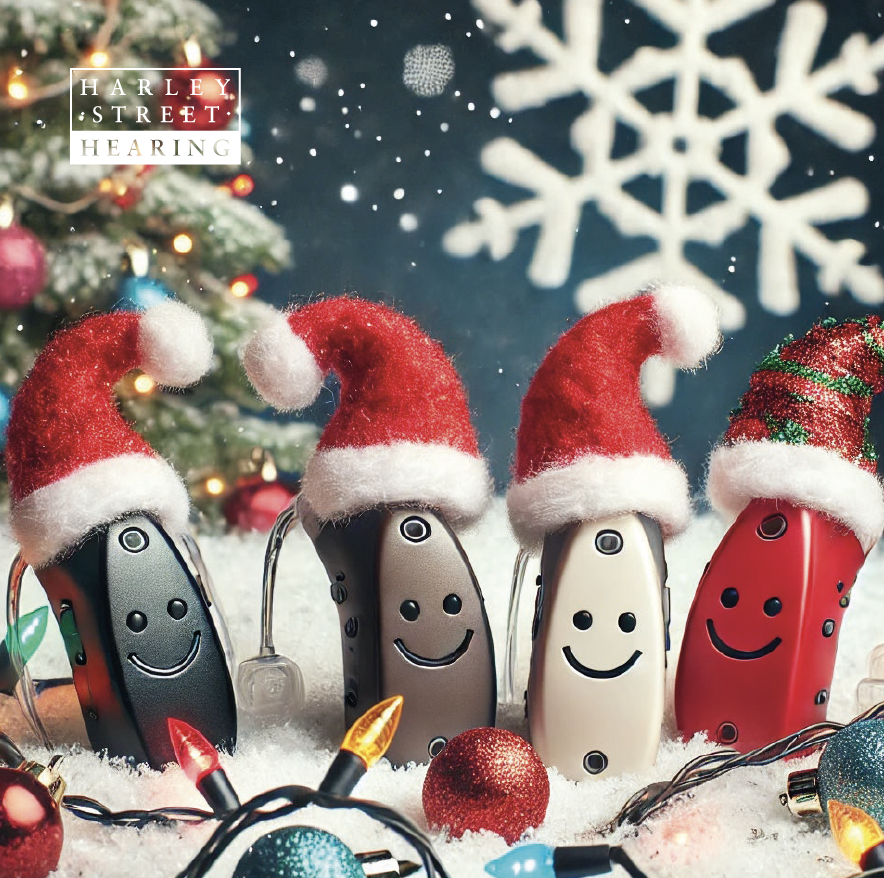
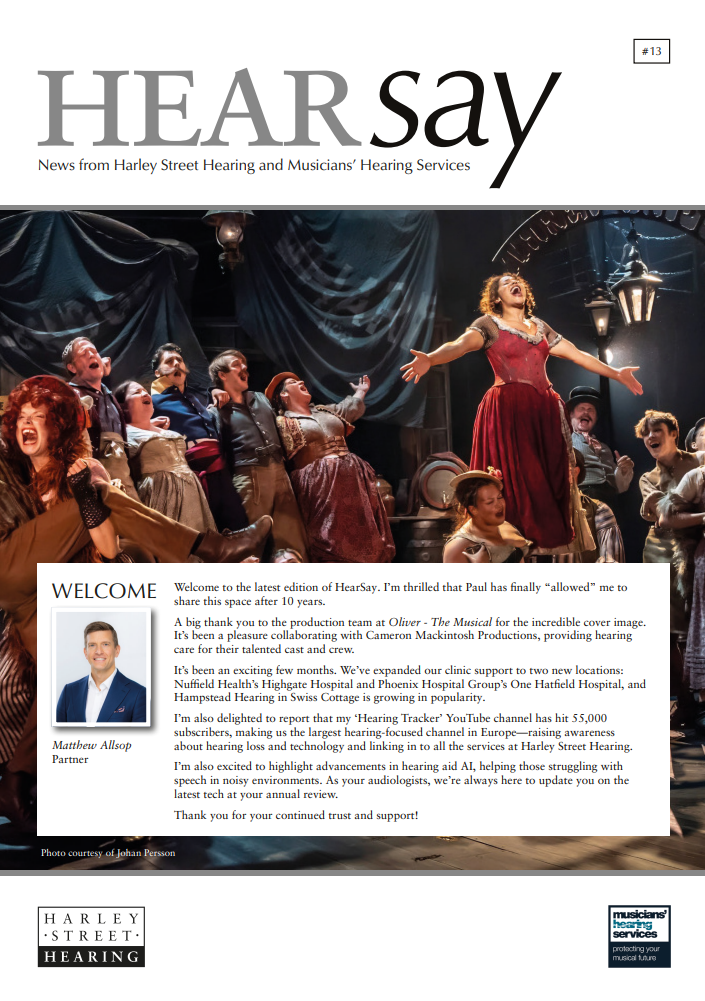
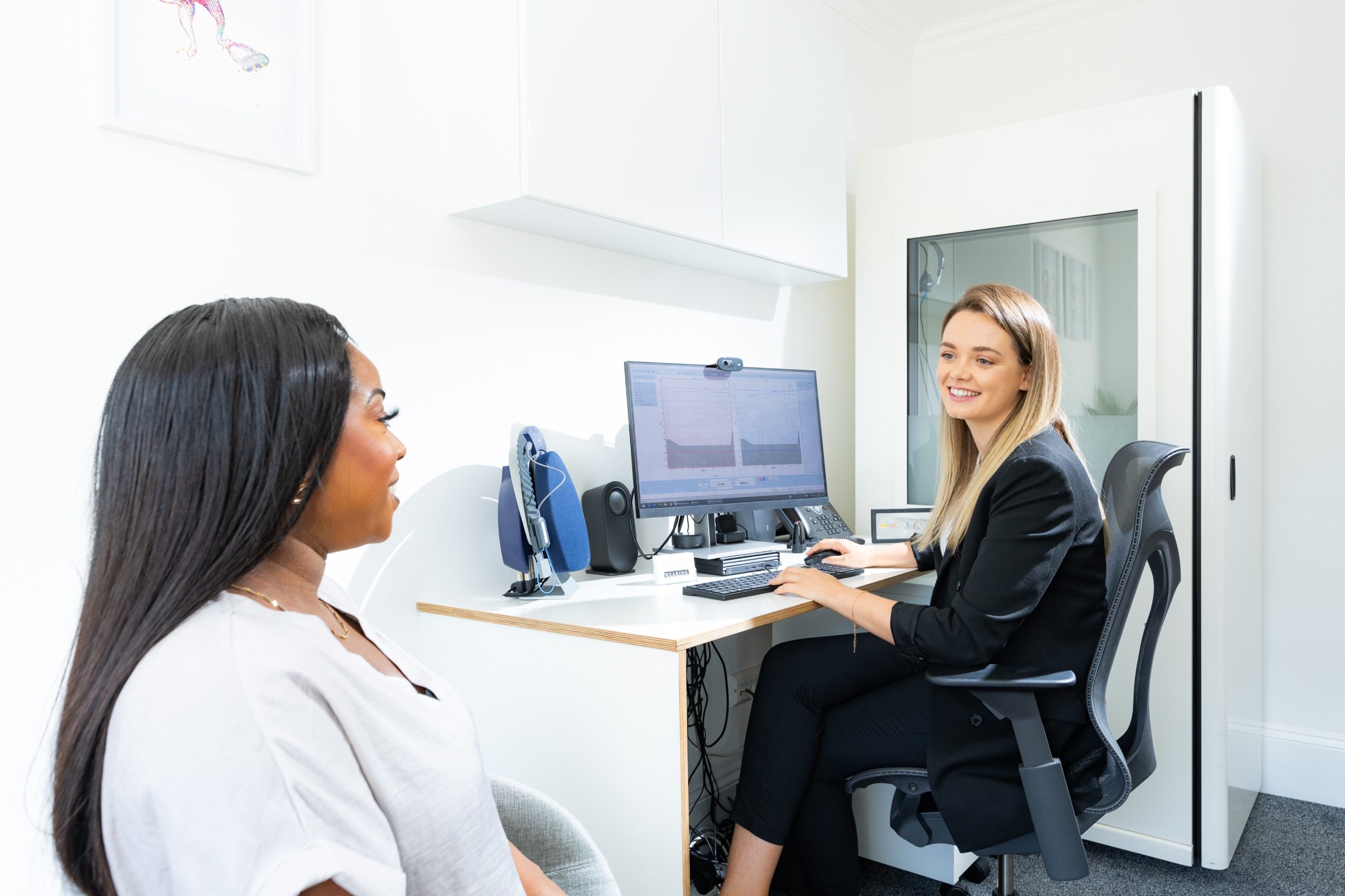
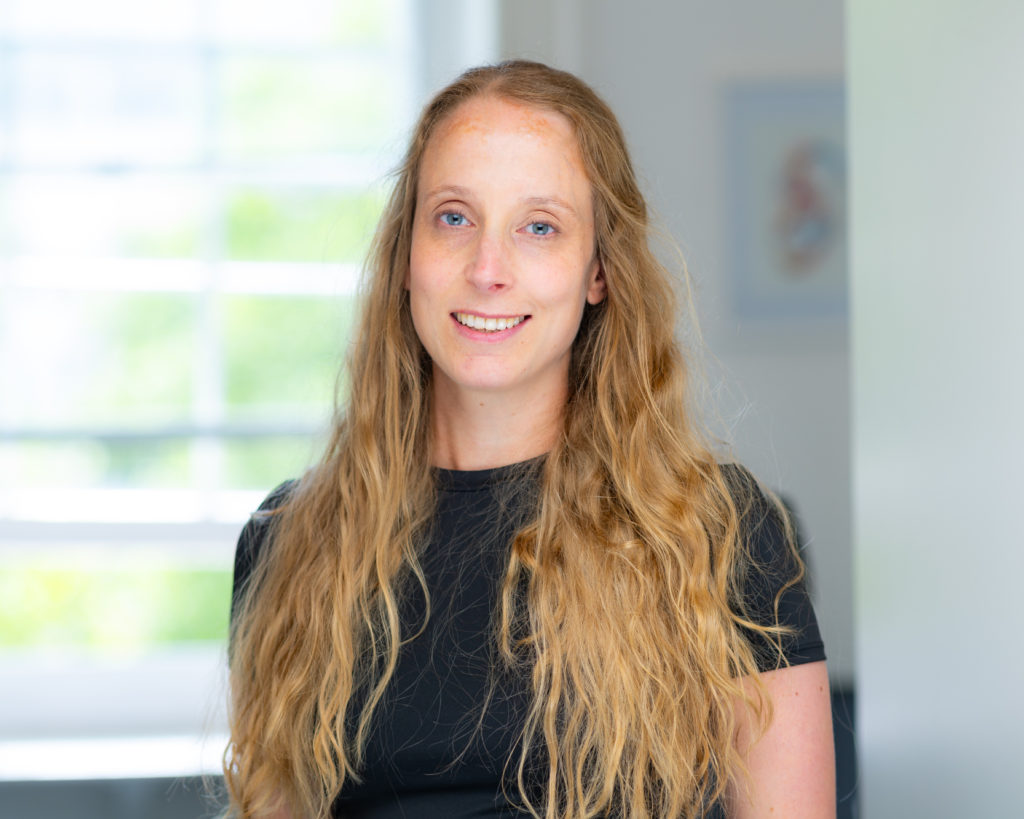 Welcome Nadia, thanks for taking the time to speak with us! So, tell us a bit more about your background:
Welcome Nadia, thanks for taking the time to speak with us! So, tell us a bit more about your background: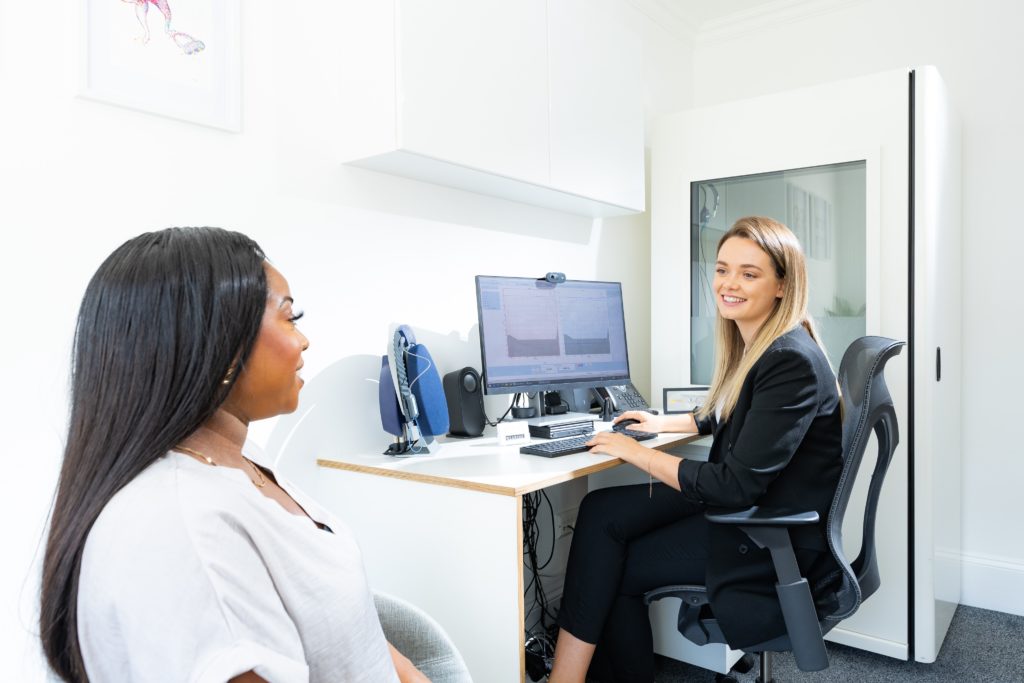
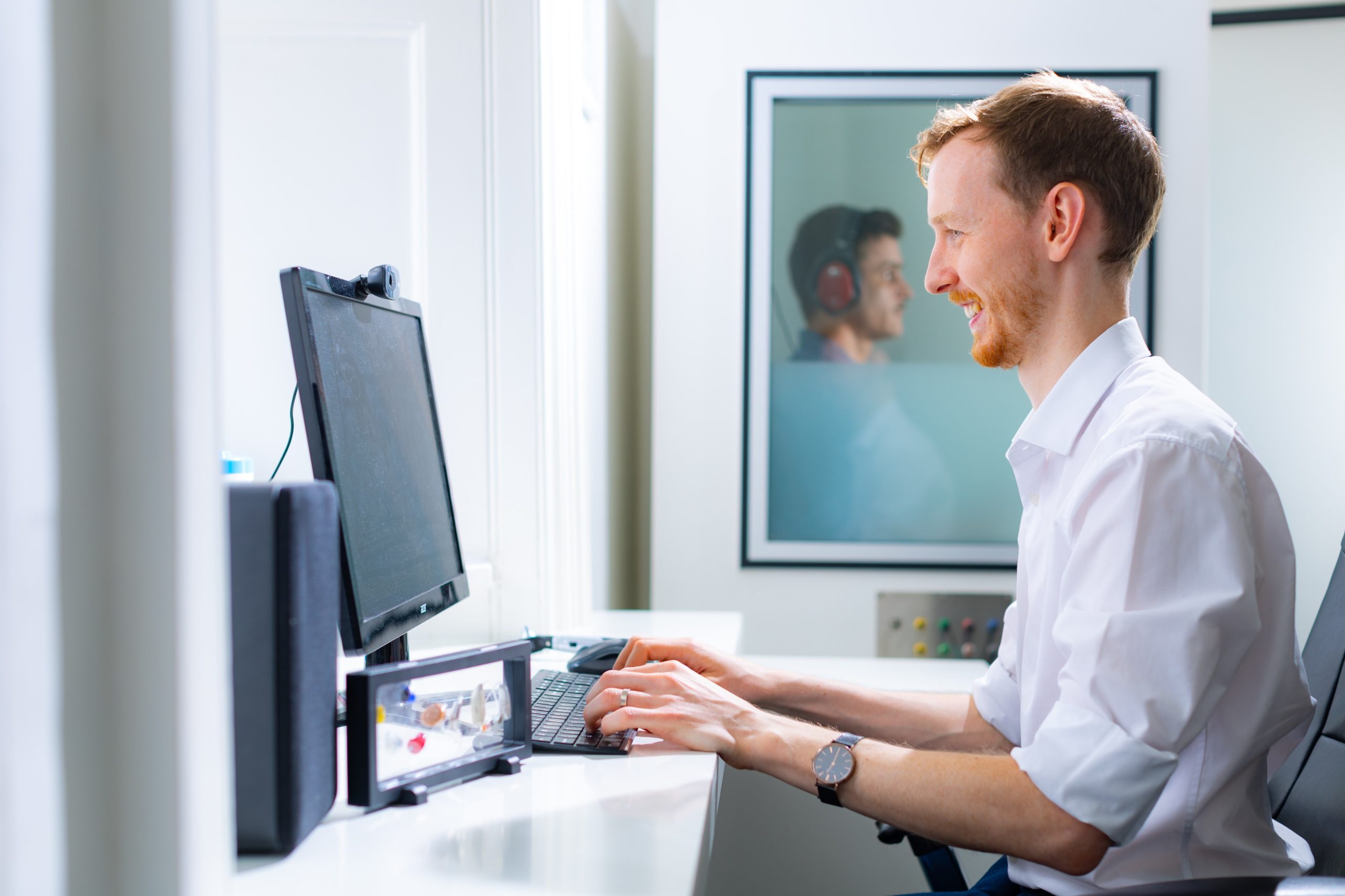
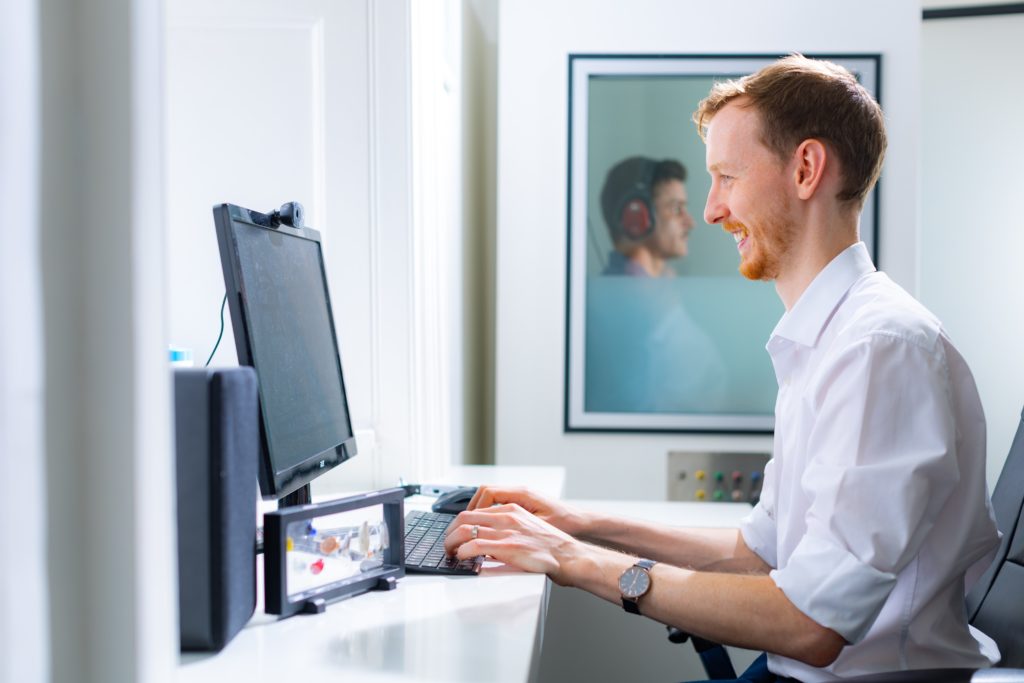

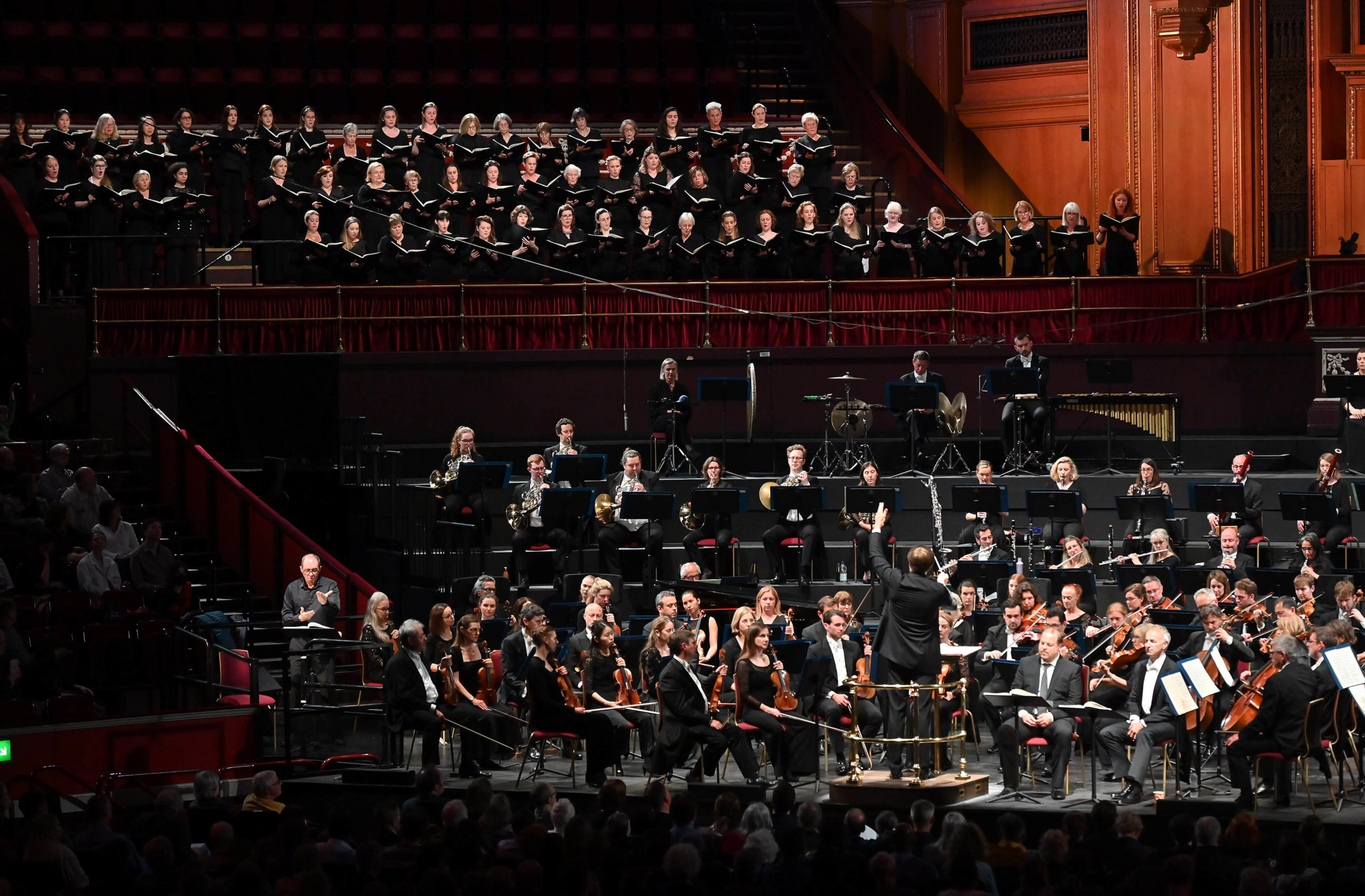
 British Sign Language
British Sign Language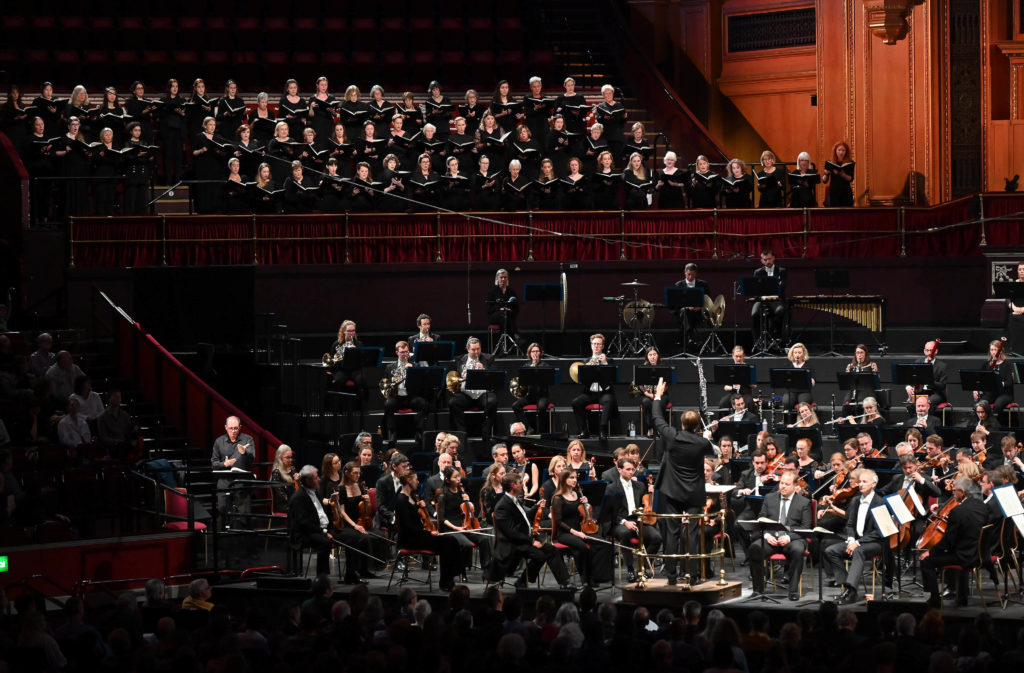
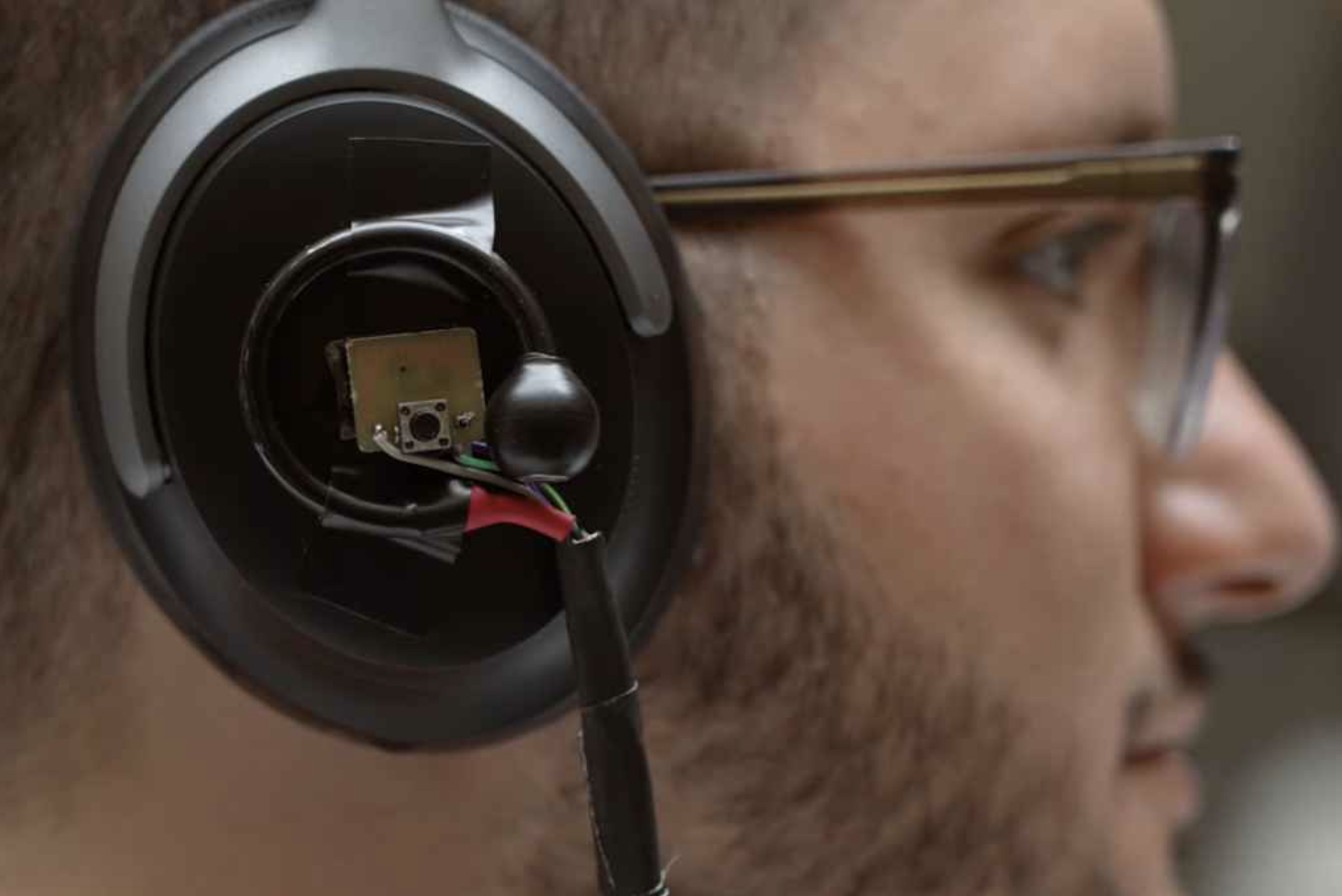
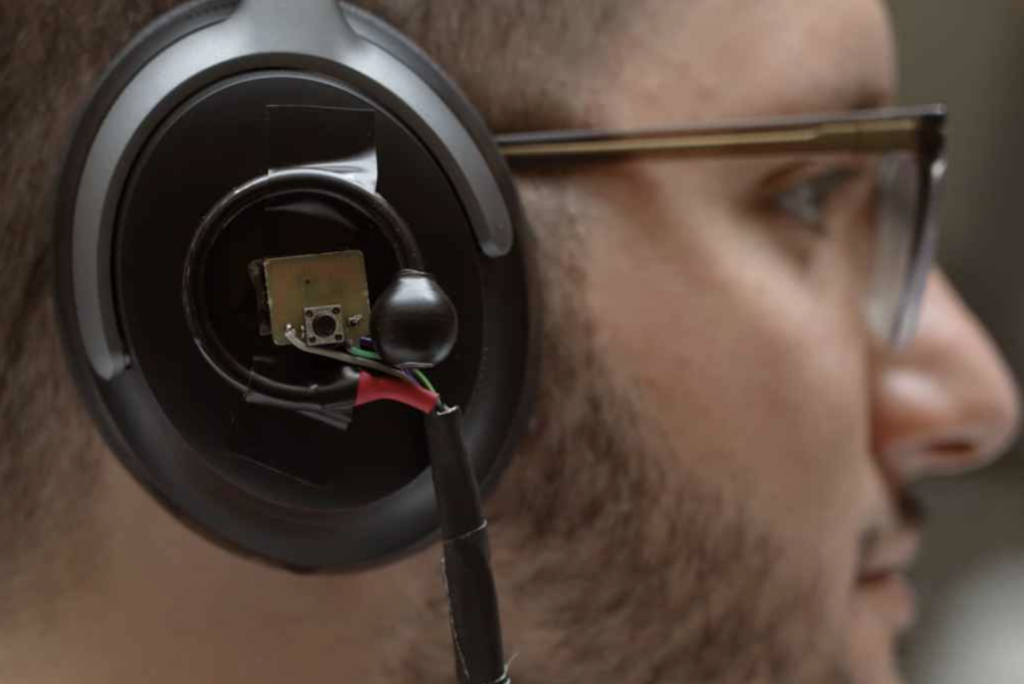

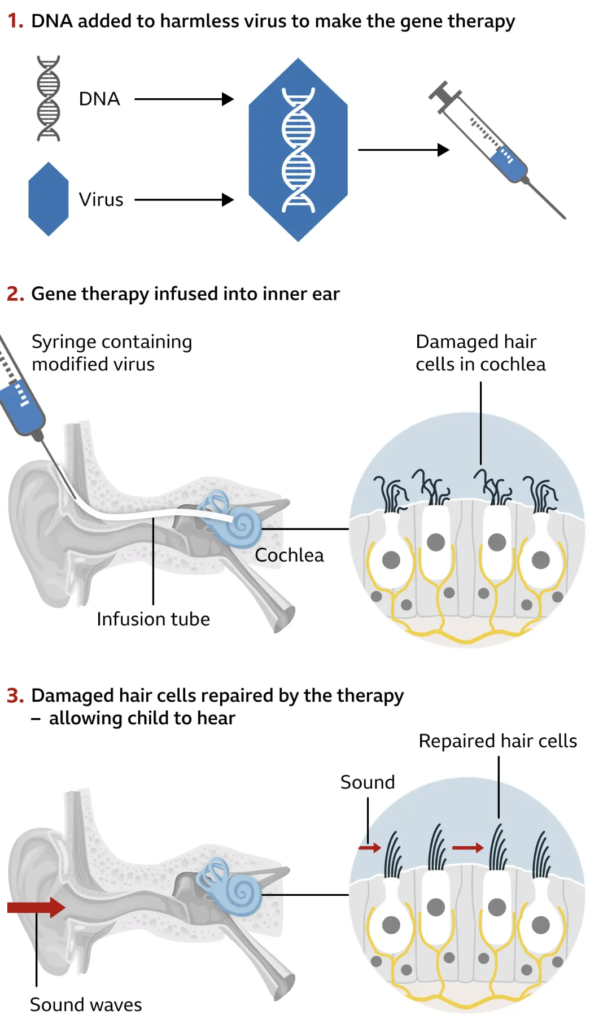
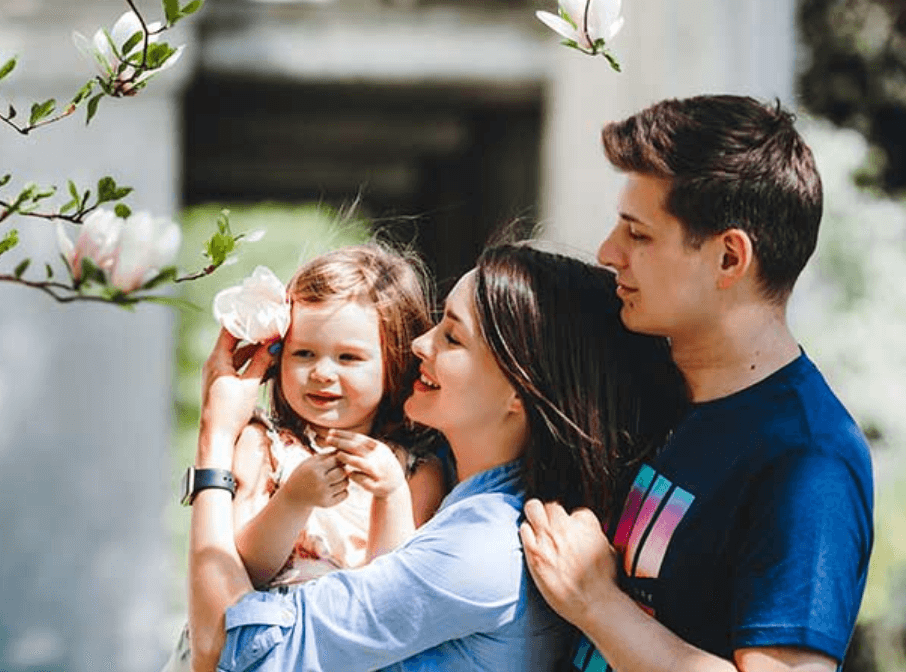 Hearing Hearing Tests for Children
Hearing Hearing Tests for Children
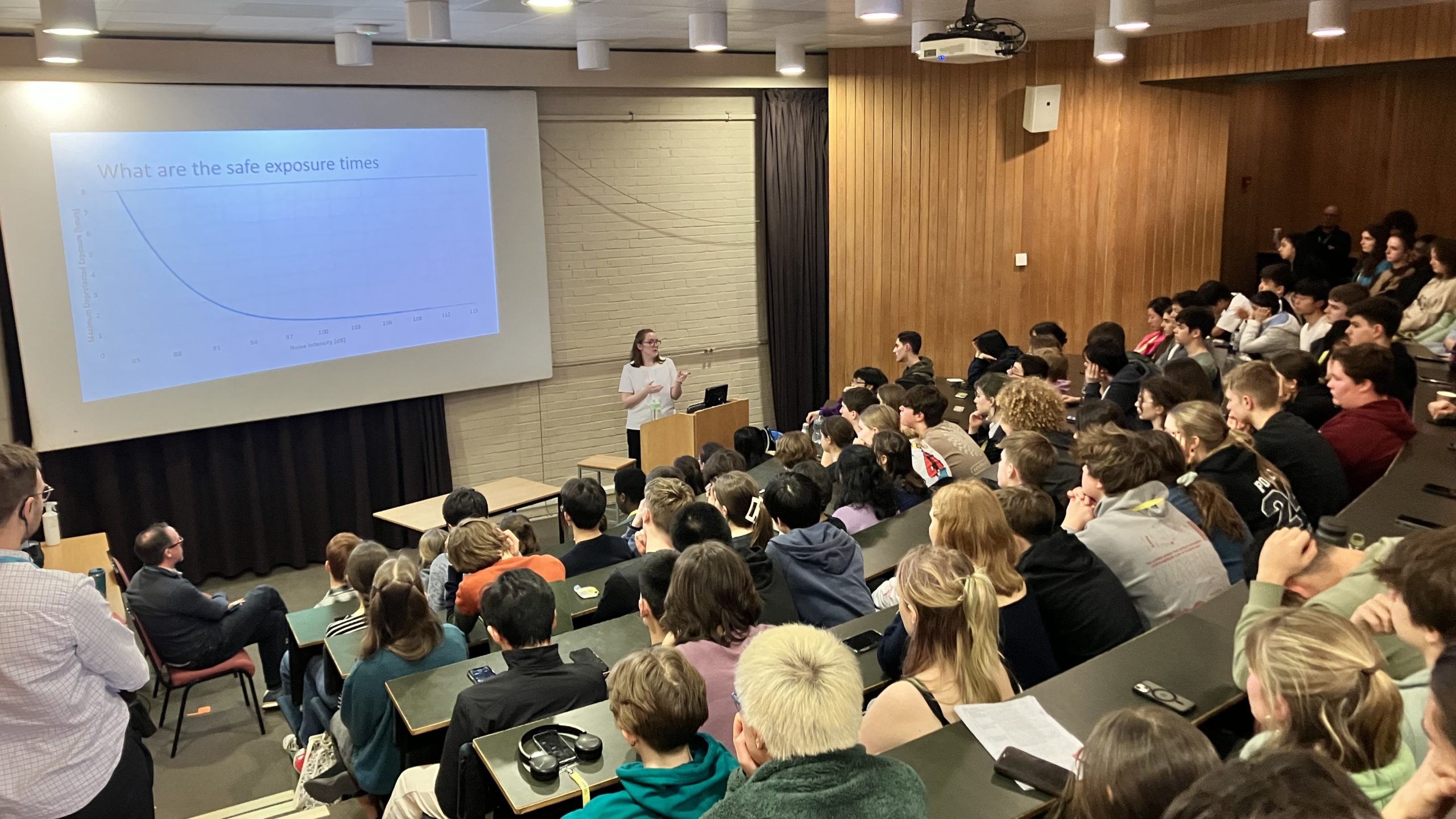
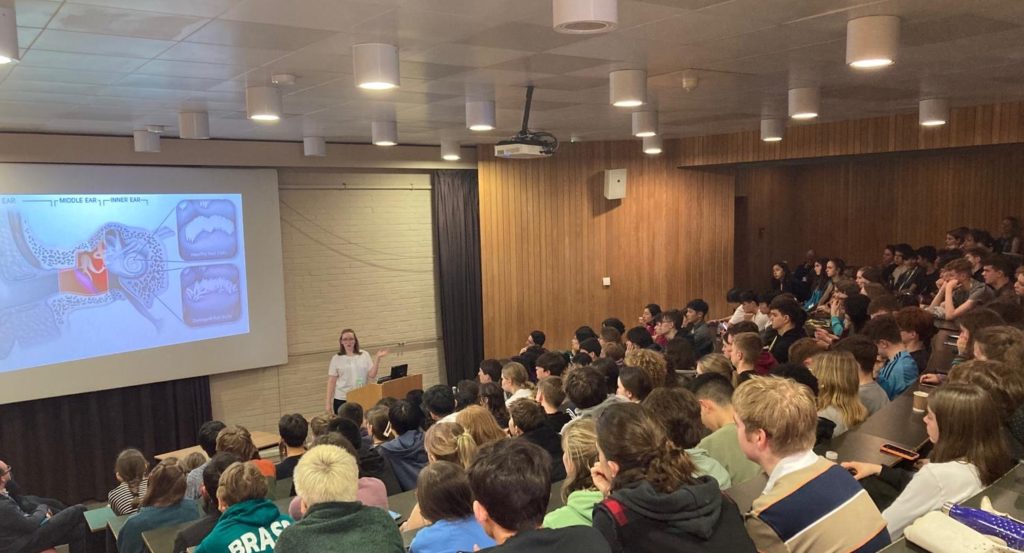








Recent Comments